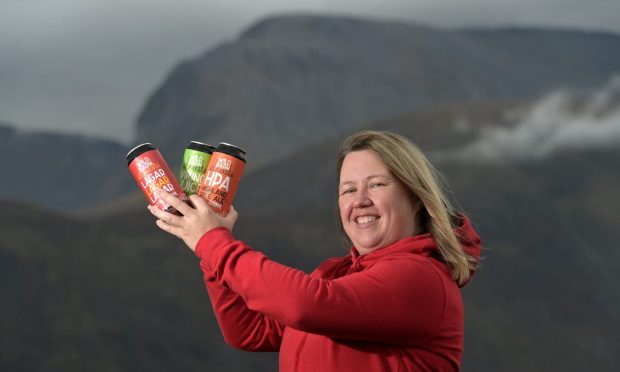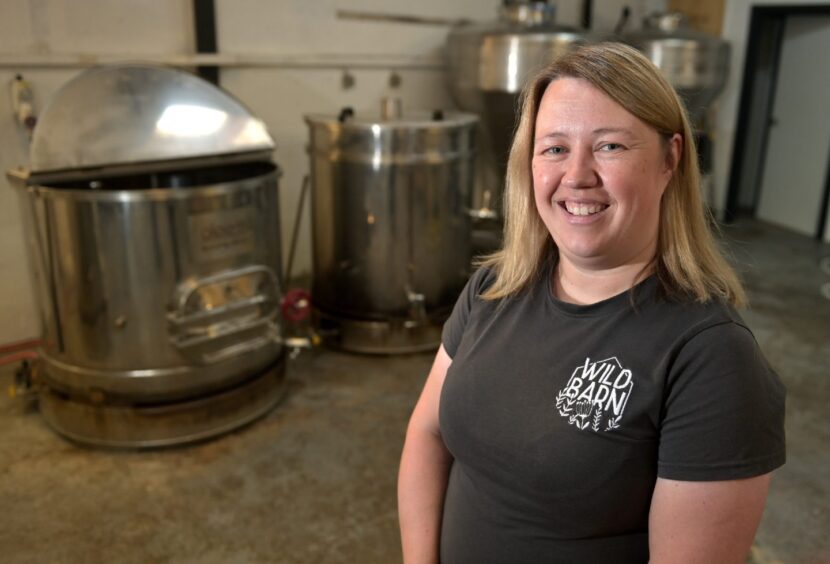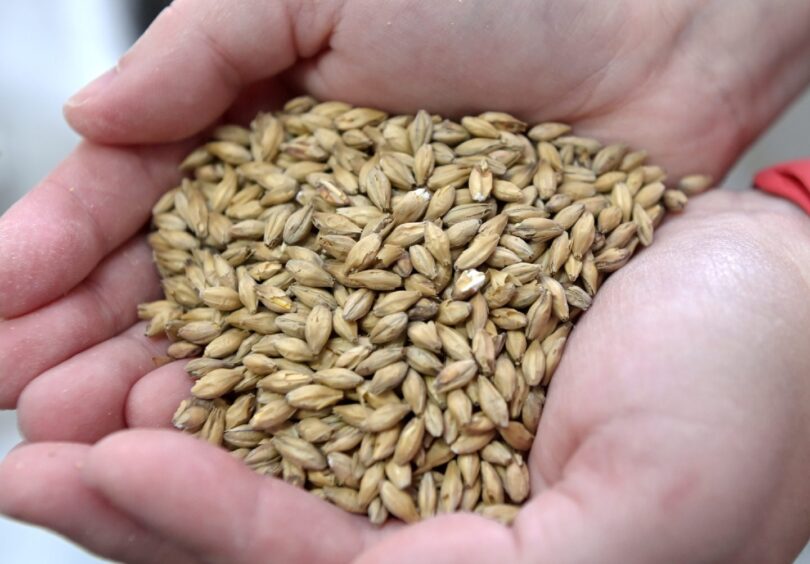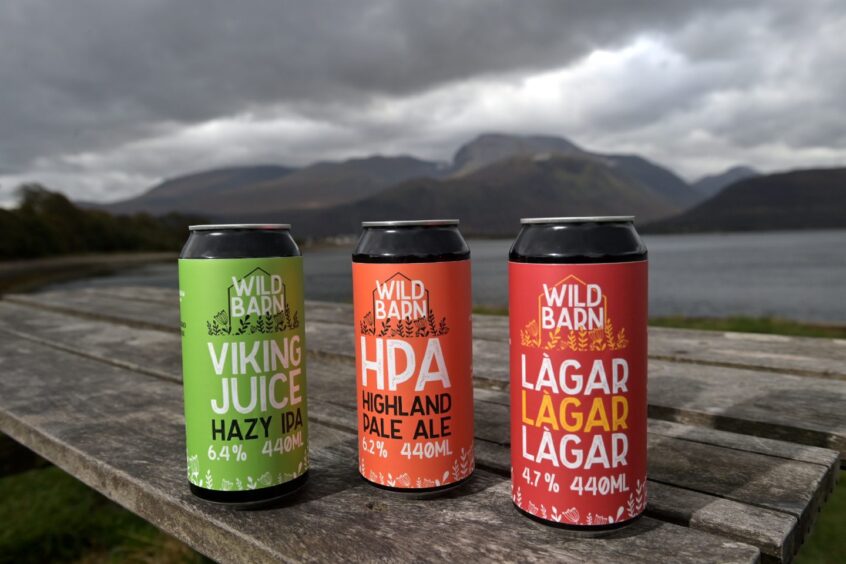“People are quite surprised when they find out that it’s a one-woman-operation,” says Karen MacCorquodale, who runs Wild Barn brewery near Fort William.
So how did beer lover Karen start running one of the world’s few one woman breweries?
“It happened accidentally,” she laughs.
“I have always loved beer.
“But not in my wildest dreams did I think I’d end up owning my own brewery.”
Karen bought Wild Barn brewery in November last year, and has been running it on her own ever since.
“I thought: if I don’t do it now, when will I?
“So I just kind of grabbed it.
“But it’s not something you ever think about when you’re sat in a pub, drinking a pint, that one day you’ll make your own beer.”
Karen brews, cans, kegs and labels all by hand
Running the Wild Barn brewery on her own suits Karen fine, she tells me.
“I’m quite thrawn. So I like doing it all by myself,” she says.
“I think it’s a good quality in brewing to be a bit stubborn and thrawn.”
There is a lot of pride associated with creating her beers herself, says Karen.
“I just love to be able to say that it’s me that makes the whole product from start to finish.
“Brewing, canning, kegging, labelling – by hand.
“The challenge of it gives me a real sense of accomplishment, the problem-solving element.”
But that isn’t to say there haven’t been challenges for Karen.
“Running any business is quite precarious at times,” says the 38-year-old.
“And living in the highlands has got its own set of logistical difficulties.
“There has been the odd day where I’ve had a wee wobble, and I think: should I have done this? Was it the right thing to do? Am I mental?
“But I’m absolutely loving it. I’ve still got the passion for it – so it’s not beaten me yet,” she laughs.
How does she make Wild Barn’s Highland pale ale?
The Wild Barn team – just Karen, that is – brew three types of beer from the brewery near Fort William.
There’s the Highland pale ale, the “làgar” and Viking Juice hazy IPA.
Karen’s personal favourite is the Highland pale ale.
“I never used to like an IPA, but I’m totally biased because I make it myself and now I love it,” she laughs.
It is a little bit stronger than most beers, at 6.2% ABV.
To start the brewing process, Karen first puts the specific grain bed into the mash tun.
This goes through a 45 minute “mash” to bring the sugars out of the grain.
Once that is complete, Karen pours that sugary wart into the kettle where it is boiled.
This is where she adds the hops.
After this, the liquid goes into the fermenter for around a week.
Karen then “cold crashes” the beer for a few days (rapidly lowering the temperature), and finally carbonates the beer ready for canning or kegging.
One brew could create as many as 750 cans – all of which Karen needs to can and label herself.
“There is a fear that people won’t like the beer,” admits Karen.
“The thing is I know that not everybody is going to like the beer. I understand that – I don’t like all beer.
“But it’s just because I’ve poured my heart and soul into it. So of course I want everyone to like it.
“I’m just determined to make it work. You’ve just got to keep going.
“That’s the thing, when you’re largely doing it yourself, you’ve just got to pick up and carry on.”




Conversation